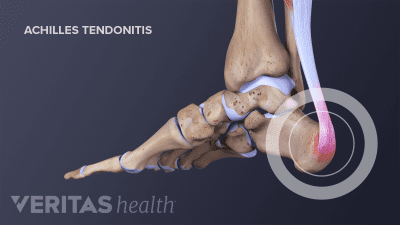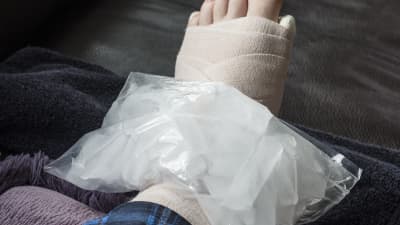Whether it is aching, sharp, radiating, or burning, shoulder pain is a sign that something is wrong.
A rotator cuff injury can cause pain that makes getting sleep difficult. Here are a few tricks to help you sleep comfortably with your injured rotator cuff.
Both osteoarthritis and torn meniscus cause knee pain and restricted mobility but exhibit differences in patterns of onset, sensation, and recurrence of pain.
These 11 nonsurgical treatments can help to alleviate carpal tunnel syndrome symptoms.
When running is your passion, getting hurt can leave you at loose ends, leading to social isolation, anxiety, and depression. Find out how experienced runners handle this challenge.
Cold therapy can help alleviate pain from many types of sports injuries—but it is important to know how to properly apply it.
Maintaining supported ergonomics, taking regular breaks, and strengthening the shoulder joint area minimize the risk of shoulder pain.










